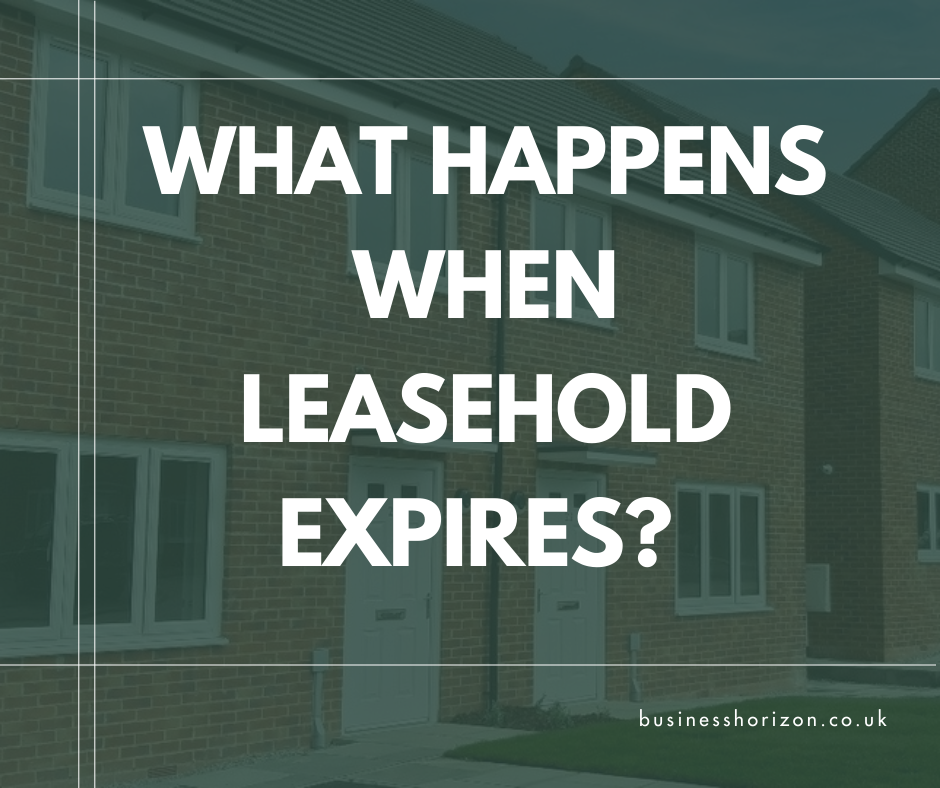Mortgages come in all shapes and sizes, but one type you might not have heard much about is the Dutch-style mortgage. It’s an interesting alternative to traditional repayment methods and works a little differently from what you might expect. If you’re looking for something flexible with a different way of managing repayments and interest, this could be worth understanding.
How a Dutch-Style Mortgage Works
Unlike a standard mortgage, where you take out a loan and repay it in fixed instalments, a Dutch-style mortgage often involves a structure that combines investment elements. The key difference is that, instead of simply paying down the loan each month like with a repayment mortgage, a portion of your mortgage may be linked to investments or savings. The idea is that by the time the mortgage term ends, your investments will have grown enough to cover the outstanding loan balance.
These mortgages usually come with an interest-only component, where you pay just the interest for a set period while the main loan amount remains unchanged. Alongside this, you contribute to an investment fund or a savings plan designed to generate enough returns to clear the debt at the end of the term.
The Role of Investment in a Dutch-Style Mortgage
This type of mortgage relies heavily on investment performance. Instead of directly paying down your loan, your money is invested in various financial products. If those investments perform well, you could end up paying off your mortgage faster or even having some extra funds left over. But if they don’t perform as expected, you might need to put in additional money to cover any shortfall.
Many lenders who offer Dutch-style mortgages provide projections to show potential outcomes, but nothing is guaranteed. There’s always a risk that market conditions could negatively impact your returns, meaning you might not have enough to pay off the loan when the time comes.
Interest-Only Aspect
One of the key components of a Dutch-style mortgage is the interest-only structure. This means that throughout the mortgage term, your monthly payments are lower compared to a standard repayment mortgage. However, because you aren’t reducing the principal loan amount, you need a solid plan to clear the full balance when the mortgage period ends. That’s where the investment-linked part comes in.
Some people like this setup because it gives them more control over their money. Instead of locking themselves into rigid repayments, they can potentially benefit from investment growth. But it does require careful financial planning, and it’s not for everyone.
Pros and Cons of a Dutch-Style Mortgage
Like any financial product, this type of mortgage has its advantages and disadvantages. Let’s break them down.
Pros:
- Lower Monthly Payments: Since you’re only paying interest for much of the term, your payments are generally lower than with a traditional repayment mortgage.
- Potential Investment Growth: If your investments perform well, you could build up a lump sum to pay off the mortgage and possibly have additional money left over.
- Flexibility: Some lenders allow you to adjust how much you contribute to the investment portion, giving you a level of control over your finances.
Cons:
- Risk of Shortfall: If your investments don’t grow as expected, you might not have enough to clear the mortgage at the end of the term, leaving you scrambling for funds.
- Market Dependence: Your ability to pay off the loan depends on how well the market performs, which adds an element of uncertainty.
- Requires Financial Discipline: You need to actively monitor your investments and possibly make extra contributions if needed. It’s not a set-it-and-forget-it kind of mortgage.
Is a Dutch-Style Mortgage Right for You?
This type of mortgage isn’t for everyone. If you prefer stability and predictable repayments, a standard repayment mortgage might suit you better. But if you’re comfortable with investment risk and want the potential to grow your money while paying off your mortgage, this could be an interesting alternative. It’s particularly appealing to people who already have investment experience or those who work with financial advisors to manage their funds. If you go down this route, it’s essential to review your investment progress regularly and be prepared to adjust your contributions if things don’t go as planned.



